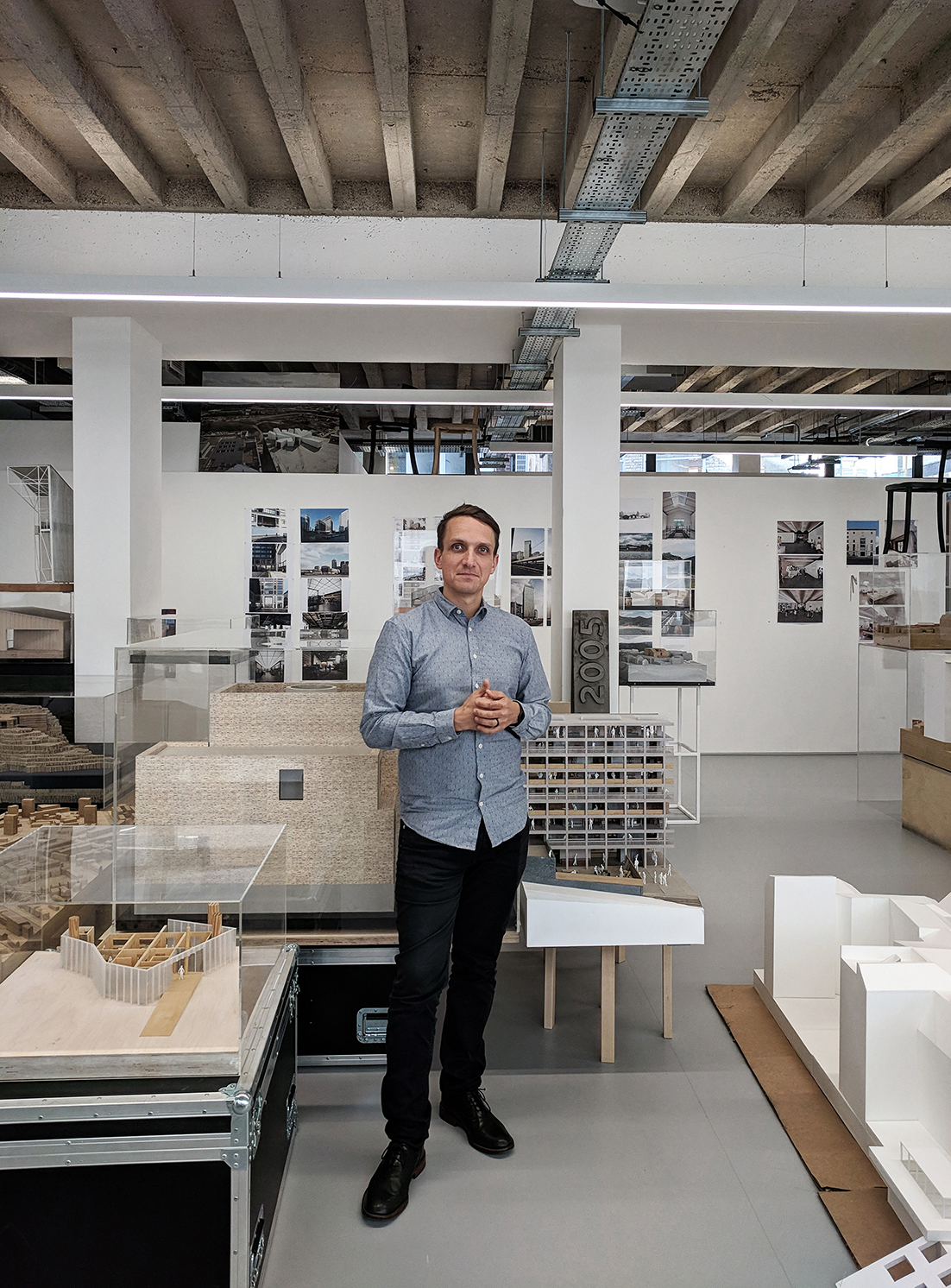30.09.18 - Andrew Choptiany (MArch 2014) on working in London & exploring new design possibilities with Carmody Groarke
For the past three years, Daniels Faculty alumnus Andrew Choptiany (March 2014) has been working in the studio of the London-based firm Carmody Groarke, where he has had the opportunity to contribute to projects such as the Dorset County Museum, Paddington Hotel, the Temporary Museum for Charles Rennie Mackintosh’s Hill House, House and Studio Lambeth, and the Victoria & Albert Members’ room. This past summer the practice, founded in 2006 by Kevin Carmody and Andy Groarke, was the subject of the Spanish monograph publication El Croquis. We caught up with Choptiany to ask about life after graduation and how his time at the Daniels Faculty helped prepare him for this role.
What is it like to work in London, England?
London is a very fast paced city, and to paraphrase David Chipperfield from the conversation between him, Kevin and Andy in the El Croquis, the architecture here is mercantile in the way that it requires a keen sense of tightly honed design as well as a kind of nimble positioning within a competitive environment. The part I like the most about working in London is that there is a common culture of design. There are lectures and events to attend every night but more than that, good design permeates all levels of culture and can be found anywhere you look. Working at Carmody Groarke in particular has opened up the horizons and possibilities of design. The community that has been fostered there is one in which every team member is striving for the highest quality in architecture and often results in passionate debates arguing the comparative value of material decisions. The atmosphere is a mixture of university atelier mixed with the attention to detail and professional business acumen required to realising buildings.
How did your education at the Daniels Faculty prepare you for your current role?
The U of T program has a high-level strategic focus that has been crucial to understanding the way a complex city like London operates. Additionally, the history and theory streams gave a foundation from which it was possible to develop an understanding of the architectural environment that underlies practicing architecture today.
What advice do you have for new students starting the Master of Architecture program in the Fall?
The most important advice I can give is to be aware of the design discussion that is going on at a global level at the same time as absorbing as much as possible of that which makes the Canadian milieu unique and vibrant.
Images top, courtesy of Carmondy Groarke



